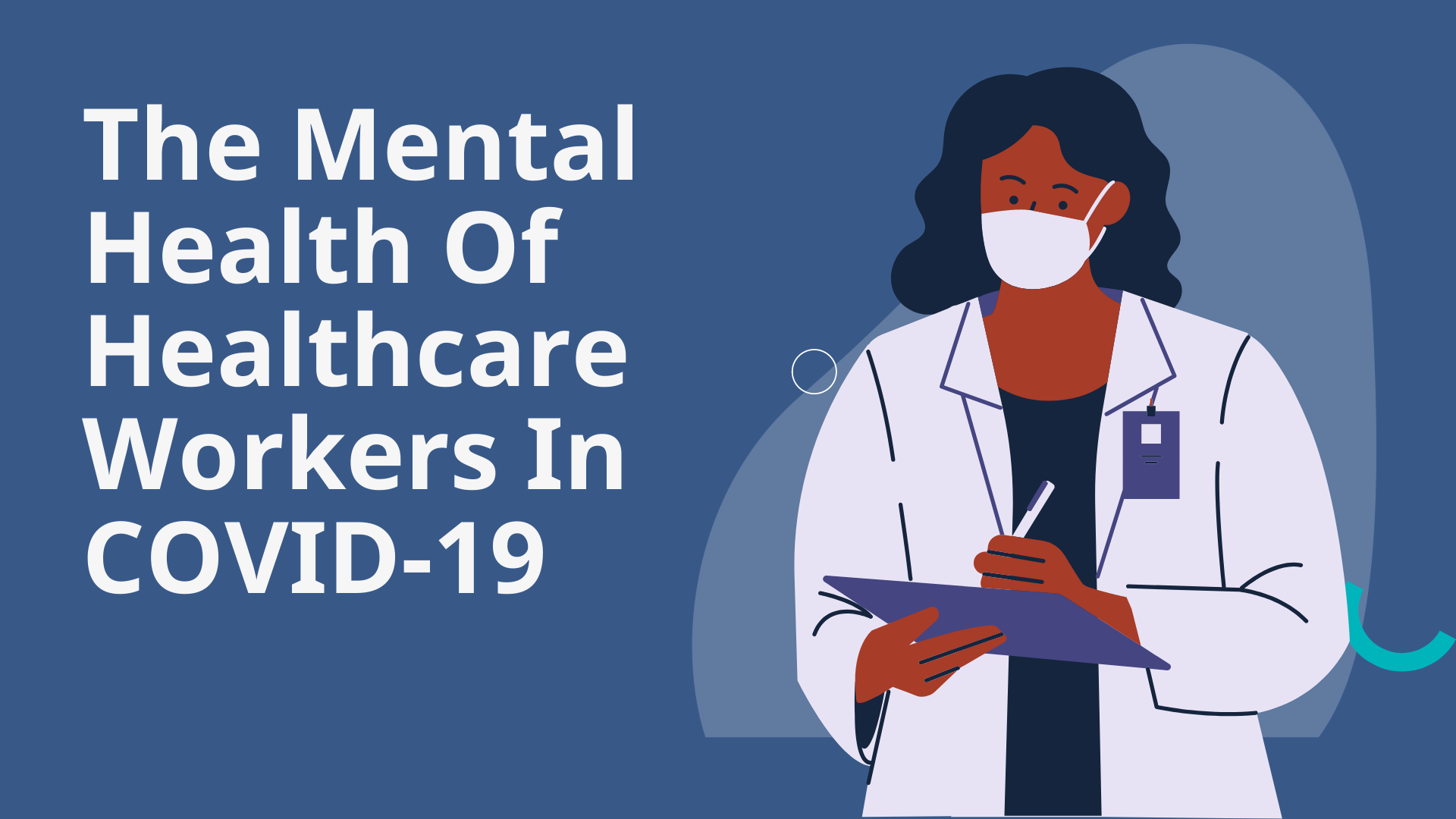Incorporating Yoga into Your Fitness Routine for Mind-Body Balance
INTRODUCTION
In today’s fast-paced world, finding balance between the demands of daily life and maintaining optimal health can be challenging. As we strive to achieve physical fitness goals, it’s essential not to neglect the well-being of our minds. Incorporating yoga into your fitness routine can be a game-changer, offering holistic benefits for both the body and mind..

Finding balance in a fast-paced world through yoga in fitness routines.
The Holistic Benefits of Yoga
Physical Well-being
Yoga is renowned for its ability to enhance physical fitness and flexibility. Through a series of asanas (poses) and pranayama (breathing techniques), practitioners can improve muscle strength, endurance, and balance. Whether you’re a seasoned athlete or a beginner, yoga offers a low-impact yet effective way to build a strong, resilient body. Yoga is a transformative practice that fosters physical and mental well-being. Its benefits extend beyond the mat, promoting holistic health and inner peace.

Yoga’s transformative benefits for physical and mental well-being.
Mental Clarity
Beyond its physical benefits, yoga is a powerful tool for cultivating mental clarity and focus. The practice encourages mindfulness and present-moment awareness, helping individuals to quiet the chatter of the mind and find inner peace. By incorporating yoga into your routine, you can reduce stress levels, improve sleep quality, and enhance overall mental well-being.
Emotional Balance
In the hustle and bustle of modern life, it’s easy to feel overwhelmed by stress and anxiety. Yoga provides a sanctuary for emotional healing and self-discovery. Through asanas that target specific energy centers in the body, such as the heart and solar plexus, practitioners can release emotional blockages and cultivate a sense of inner harmony. Incorporating yoga into your fitness routine can elevate your overall well-being. It offers a harmonious blend of strength, flexibility, and mindfulness.

Yoga as a sanctuary for emotional healing and self-discovery amidst modern life.
How to Get Started with Yoga
Find the Right Style
With a multitude of yoga styles available, it’s important to find one that resonates with your individual needs and preferences. Whether you’re drawn to the dynamic flow of Vinyasa or the meditative stillness of Yin, there’s a style of yoga for everyone. Experiment with different classes and instructors until you find the perfect fit.
Set Realistic Goals
As with any fitness endeavor, setting realistic goals is key to long-term success. Start by incorporating yoga into your routine a few times per week, gradually increasing frequency as you build strength and confidence. Rather than focusing solely on physical achievements, embrace the journey of self-discovery and personal growth that yoga offers.
Prioritize Consistency
Consistency is the cornerstone of a successful yoga practice. Carve out dedicated time in your schedule for yoga sessions, treating them with the same level of importance as any other commitment. Whether it’s a sunrise flow to kickstart your day or a restorative practice before bed, prioritize consistency to reap the full benefits of yoga.

Prioritize consistency in your yoga practice for optimal results.
Conclusion
Incorporating yoga into your fitness routine is a powerful way to achieve mind-body balance in today’s hectic world. By embracing the holistic benefits of yoga, you can enhance physical strength, cultivate mental clarity, and foster emotional well-being. Whether you’re a seasoned yogi or a beginner, the journey of self-discovery awaits on the mat.































